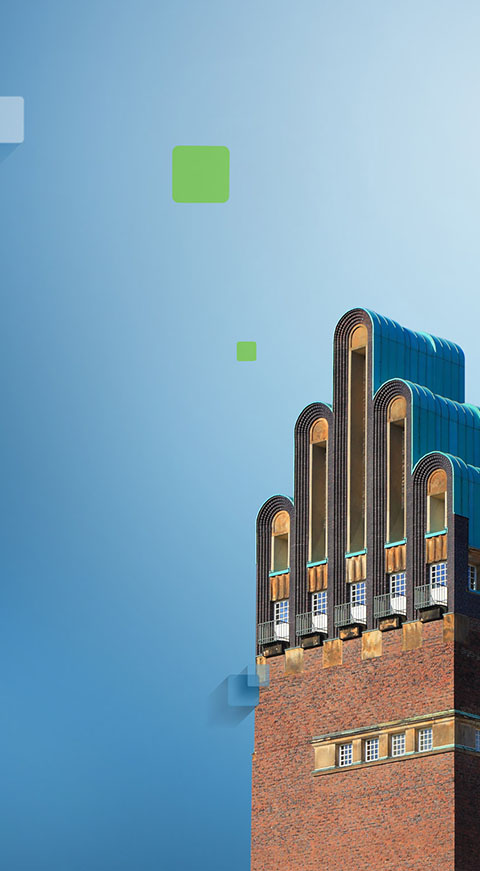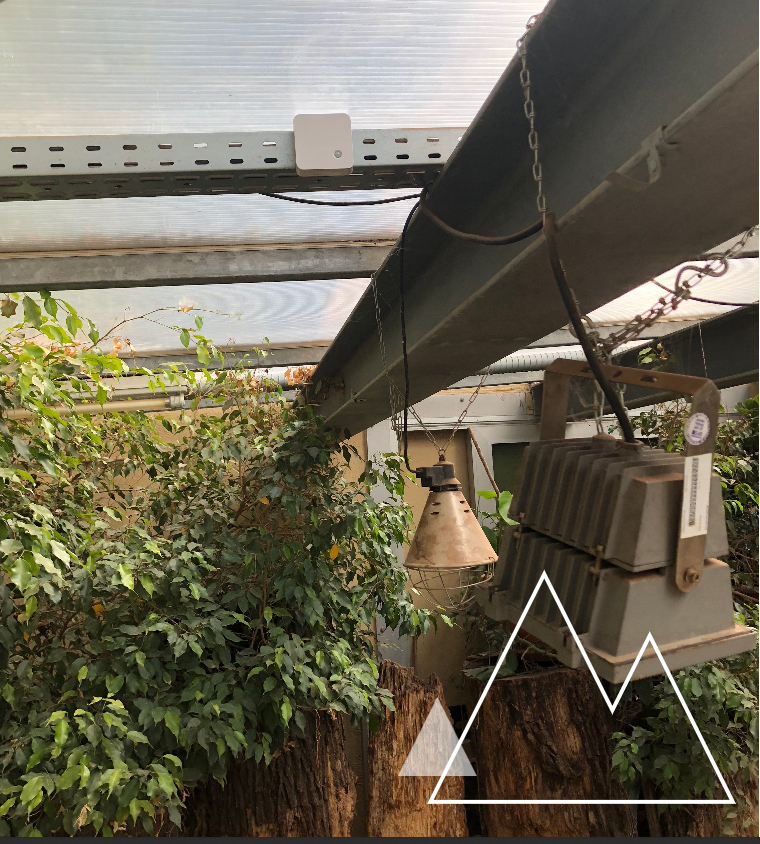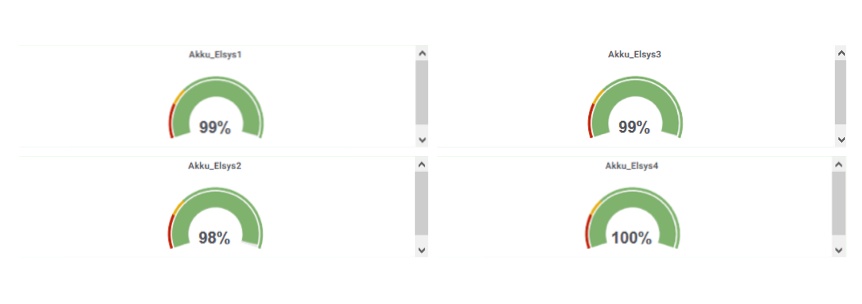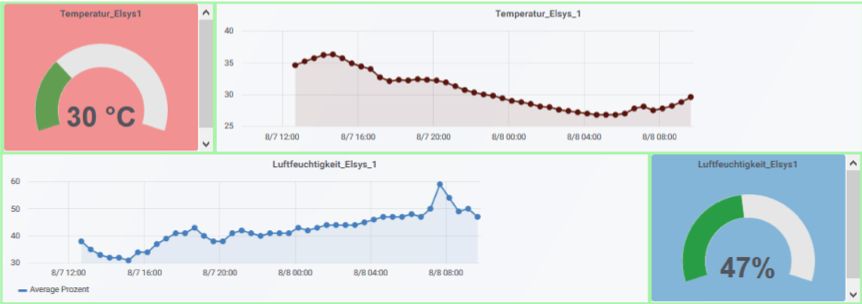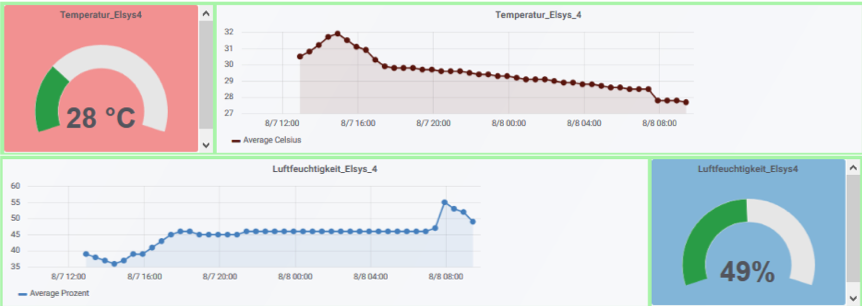Smart Zoo
The digital zoo of tomorrow
Sensors in the vivarium measure temperature and humidity, thus taking some work off the animal keepers’ hands.
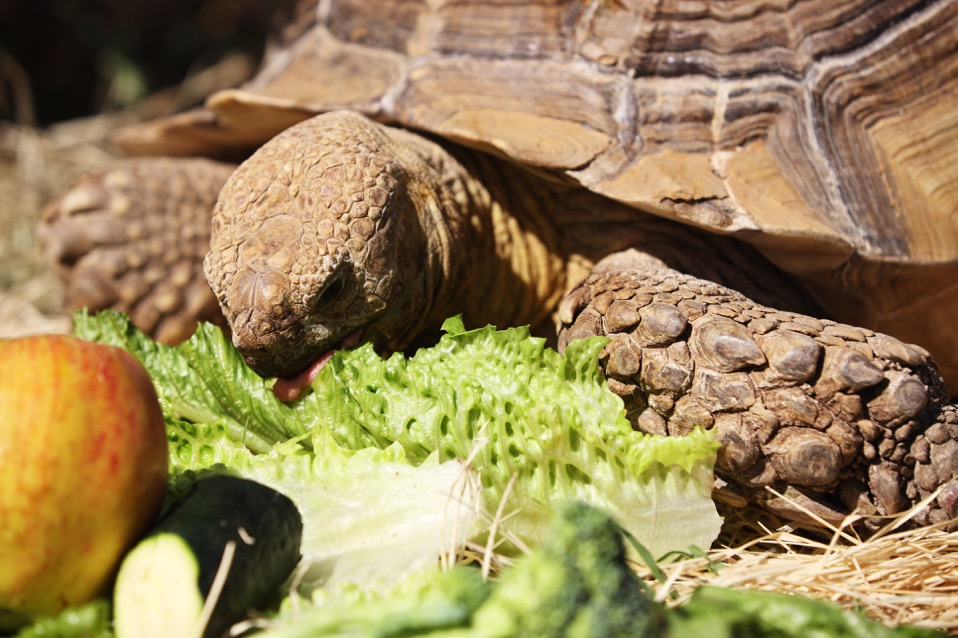
Since May 2018, the temperature and humidity in the vivarium of giant tortoises and the two large vivariums for African and Australian reptiles have been measured with sensors at Darmstadt Zoo Vivarium. This innovation makes work much easier for the zoo staff, who previously had to read all the measured values in the vivarium themselves several times a day before entering them manually into a system.
The sensors of the newly introduced sensor technology deliver significantly more data than before to a computer in the central zoo office every 30 minutes. The animal keepers can also read the values on a tablet. This makes it possible for them to react immediately, e.g. to strong fluctuations in temperature or humidity in the vivarium.
The data is transmitted using LoRaWAN technology (Long Range Wide Area Network; low-power wireless network protocol), which uses little energy to send the data and works very reliably. The idea for using
As part of their final training project, vocational students from the Heinrich-Emanuel-Merck-Schule worked out how the project could be implemented in practice. Together with the zoo staff, several sensors were installed in the giant tortoise house and in the large vivariums. The other technical components were installed by COUNT+CARE GmbH & Co. KG. An antenna and a fibre-optic cable were provided by the ENTEGA Medianet. The project collaboration is an example of the intensive and successful cooperation within the Smart City Darmstadt program.
What is the use of
Who benefits from it
What is the schedule
Who is responsible
Eigenbetrieb für kommunale Aufgaben und Dienstleistungen (EAD)
Frank Siemund

